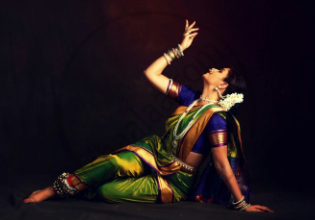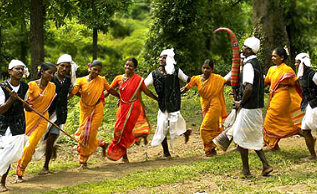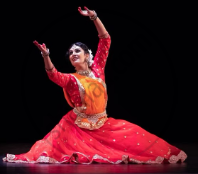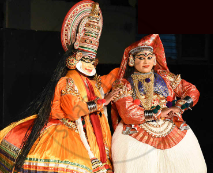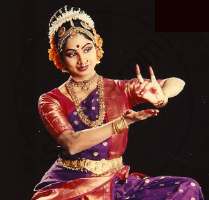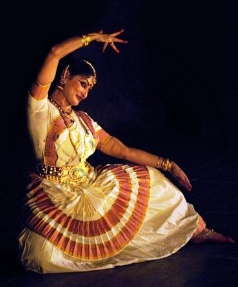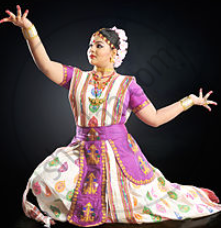Topics
Historiography : Development in the West
History : Applied History
Working of the Constitution
Historiography : Indian Tradition
The Electoral Process
Political Science : Working of the Indian Constitution
Applied History
Political Parties
History of Indian Arts
- What is ‘Art’?
- Indian Traditions of Visual Arts (Drik Kala): Painting
- Prehistoric Paintings
- Mural Paintings and Cave Painting
- Folk Styles of Paintings
- Classical Styles of Painting
- Miniature Paintings in Manuscripts
- Modern Indian Paintings
- Indian Traditions of Visual Arts (Drik Kala): Sculpture Art
- Indus Civilization Sculpture
- Folk Styles of Sculptural Art
- Classical Styles of Sculptural Art
- Indian Iconography
- Indian Traditions of Visual Arts (Drik Kala): Architecture and Sculpture
- Rock-cut Architecture
- Temple Architecture
- Indo-Islamic Architecture
- Indo-Gothic architecture
- Indian Traditions of Performing Arts
- Indian Theatre
- Indian Music
- Indian Dance
- Present Scenario of the Performing Arts
- Art, Applied Art, and Professional Opportunities
Social and Political Movements
- Movement
- Important Movements in India
- Tribal Movement
- Farmers Movement
- Worker's Movements
- Women’s Movement
- Environment Movements
- Consumer Movement
Mass Media and History
Challenges Faced by Indian Democracy
Entertainment and History
Sports and History
Tourism and History
Heritage Management
History - Imperialism
History - 20th Century Age of conflict
History - Emancipation of Asia and Africa
History - World after World War 2
Political Science
Geographical discoveries and colonization
- Concept for Geographical Discoveries and Colonization
Africa
- Imperialism - Africa
Asia: India, China, Japan
- Concept for Asia: India, China, Japan
Dictatorships in Europe, Second World War and world
- Concept on Dictatorships in Europe
- Concept for Second World War and World
First world war
- Concept on First World War
The League of Nations
- Concept for the League of Nations
Russian Revolution
- Concept for Russian Revolution
United Nations Organization
- Concept for United Nations Organization
Africa
- Emancipation of Africa
Asia
- Emancipation of Asia
Globalization
- Globalization After World War II
Scientific and Technological Progress
- Scientific and Technological Progress After World War II
Cold war
- Formation of the Cold War
Social Diversity and Democracy
- Social Diversity
- Coccept for Caste/Race and Democracy
- Concept for Language and Democracy
- Cocnept for Religion and Democracy
- Concept for Gender and Democracy
- Concept for Democracy and Diversity
Challenges to Democracy Remedial Measures to the Challenges
- Concept for Challenges to Democracy Remedial Measures to the Challenges
Internal work
Democracy
- Democracy - Meaning, Types and Characteristics
Political Parties and Types
- Political Parties
- Importance of Political Parties
- Major National and Regional Parties in India/ Types of Political Parties
Notes
Indian Dance:
1. Folk dances:
- A folk dance is a dance created by people that depicts the lives of ordinary people in a specific country or region.
- Various folk dances can be found throughout India, encompassing the length and breadth of the country.
Various folk dance forms in Maharashtra:
1. Lavani:
|
Lavani Dance Form |
2. Koli:
|
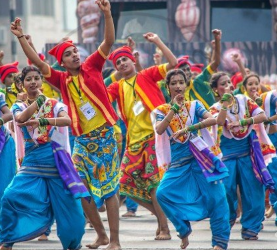
Koli Dance Form |
3. Tarpa Dance:
|
Tarpa Dance Form |
2. Indian classical dance:
- Excavations, inscriptions, chronicles, genealogies of kings and artists, literary sources, sculptures, and paintings from various periods provide extensive evidence of dance in India.
- Classical dance forms of India, also known as Shastriya Nritya, come from the words, Shastriya meaning classical and Nritya meaning the act of dancing.
- Contemporary classical dance forms evolved from musical plays or sangeet-nataka, which were performed from the 12th to the 19th century.
- Tandava (movement and rhythm) and Lasya (grace, bhava & rasa) are the two fundamental aspects of Indian classical dance.
- A beautiful blend of all three forms of music, vocal, instrumental, and dance can be seen in various Indian classical dance forms like ‘Kathak of north India, ‘Odissi’ of Odisha, ‘Bharatnatyam’ of Tamilnadu, Kuchipudi of Andhra and ‘Kathakali’ and ‘Mohiniattam’ of Kerala.
Various classical dance forms in India:
1. Bharatanatyam:
|
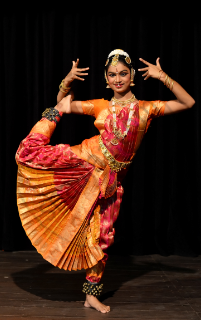 Bharatanatyam Bharatanatyam |
|
2. Kathak:
|
Kathak |
|
3. Kathakali:
|
Kathakali |
|
4. Odissi:
|
Odissi |
|
5. Kuchipudi:
|
Kuchipudi |
|
6. Manipuri
|
Manipuri |
|
7. Mohiniyattam:
|
Mohiniyattam |
|
8. Sattriya:
|
Sattriya |
If you would like to contribute notes or other learning material, please submit them using the button below.
